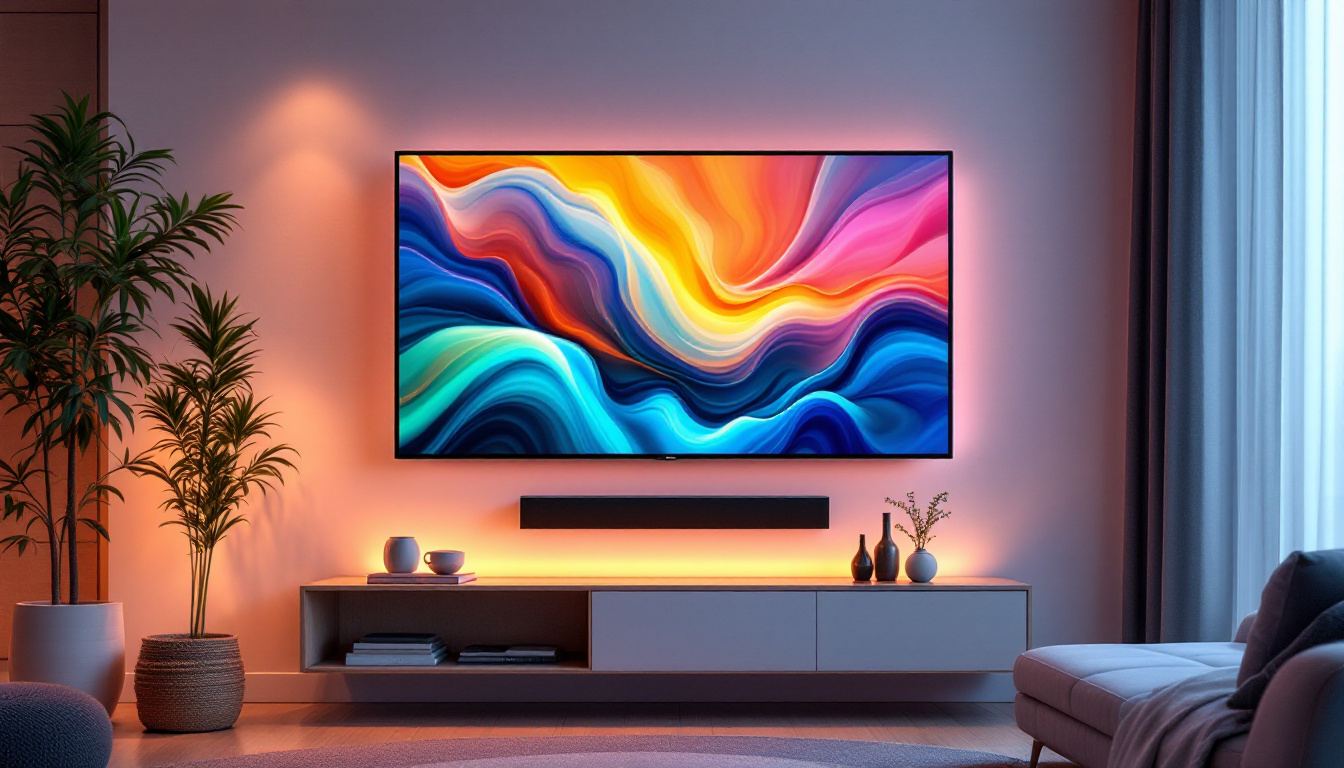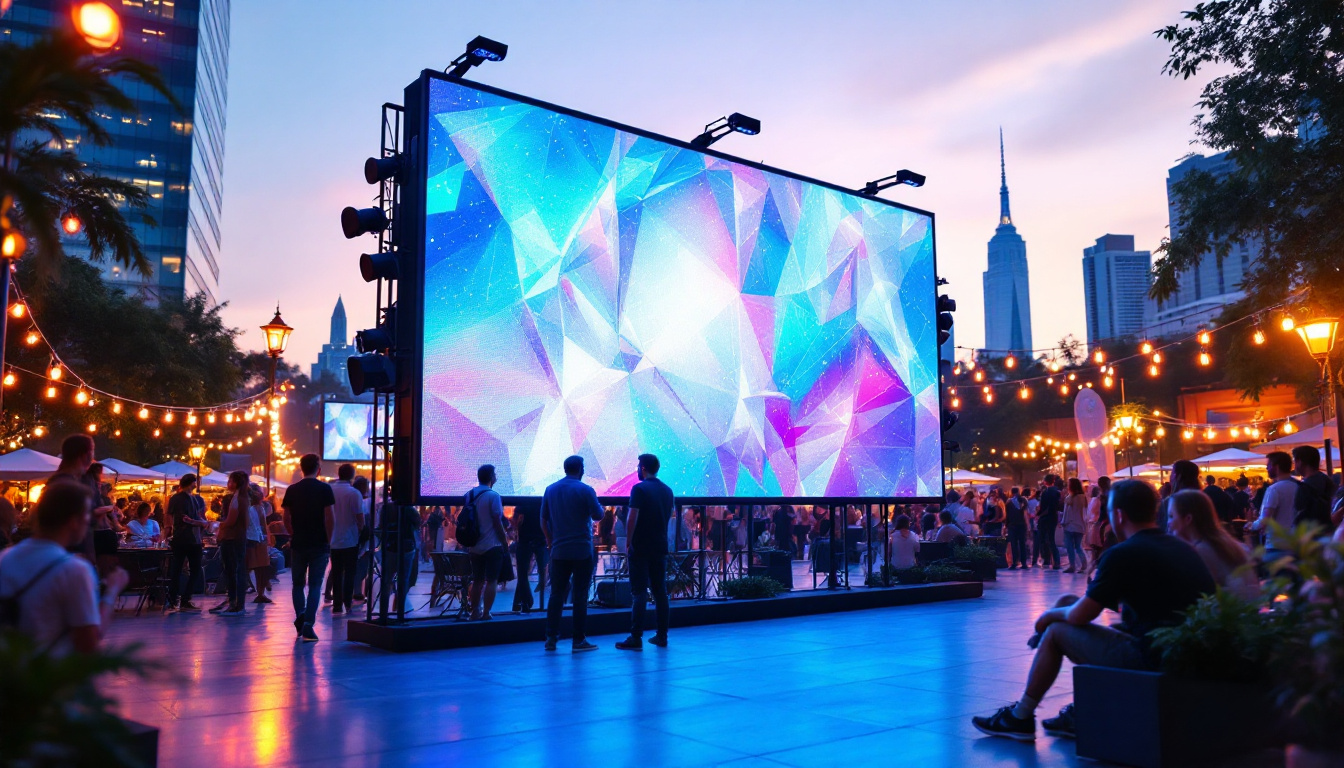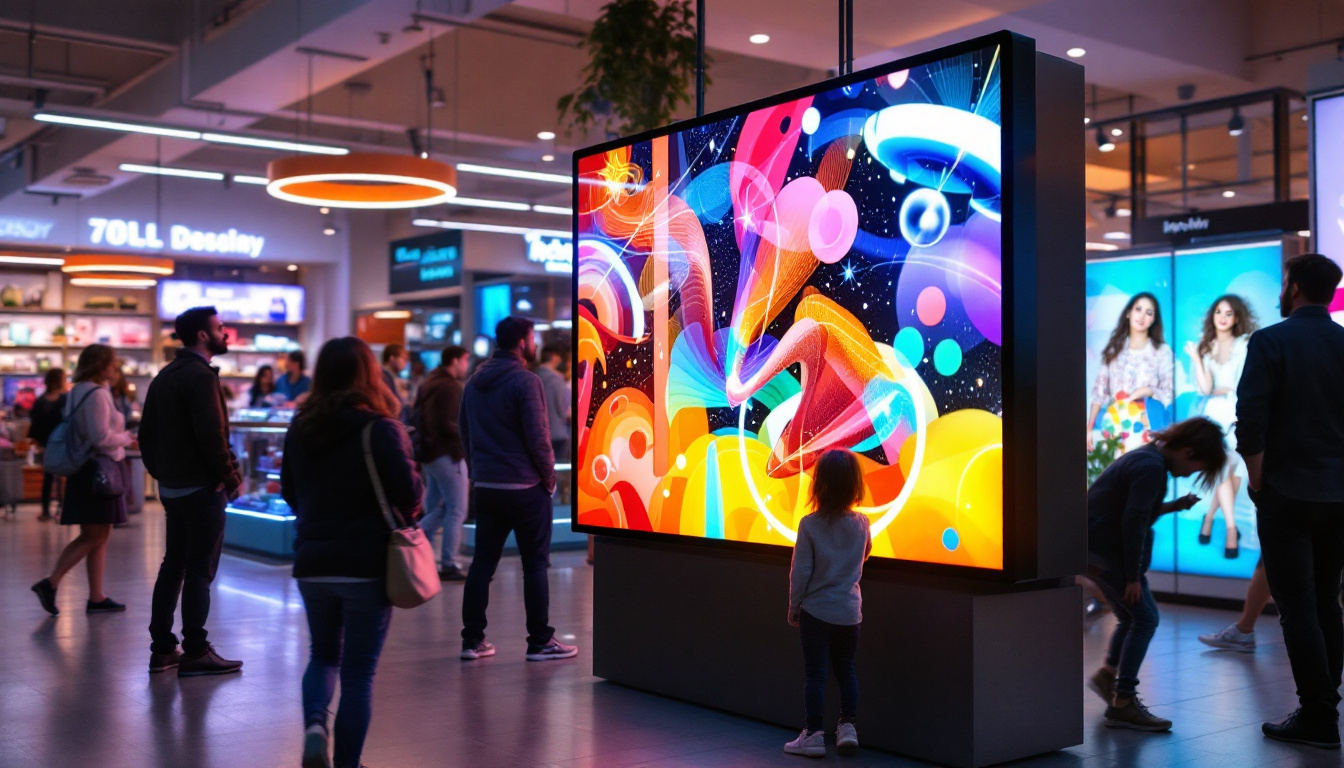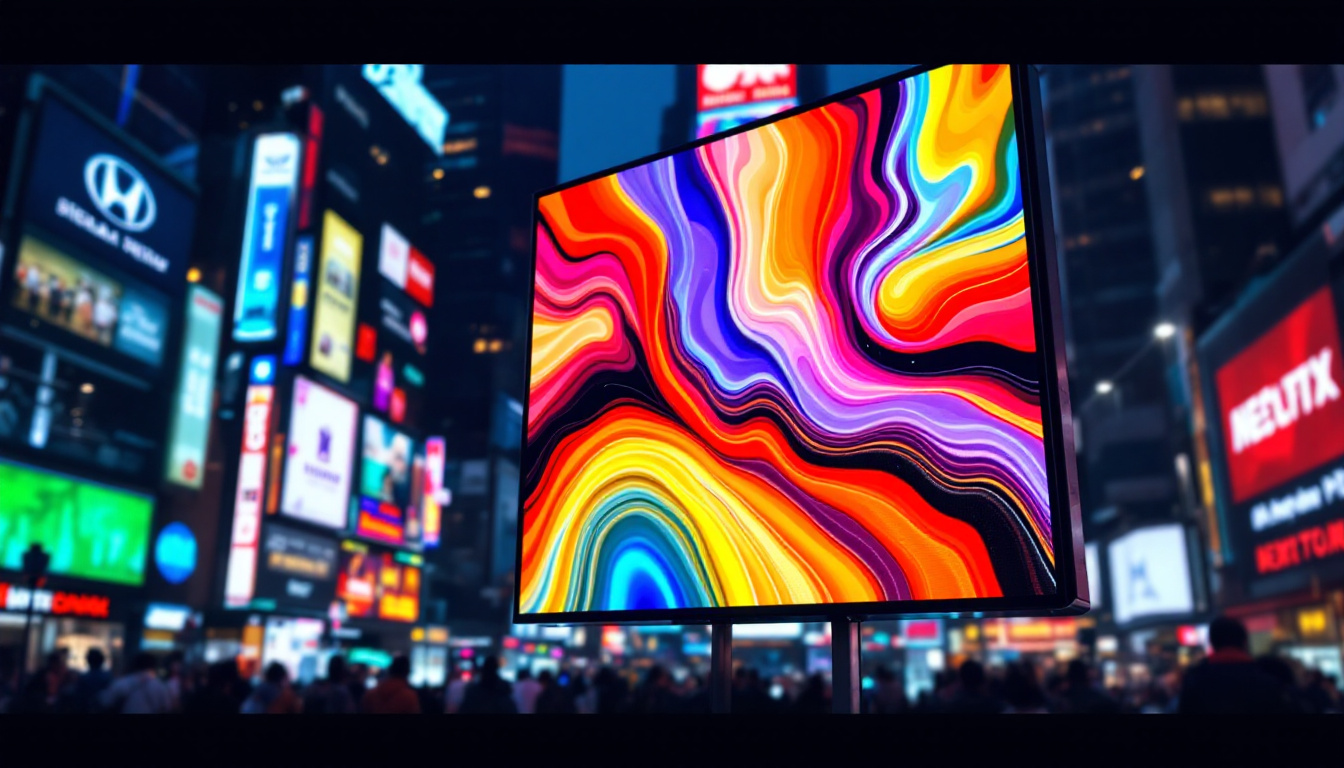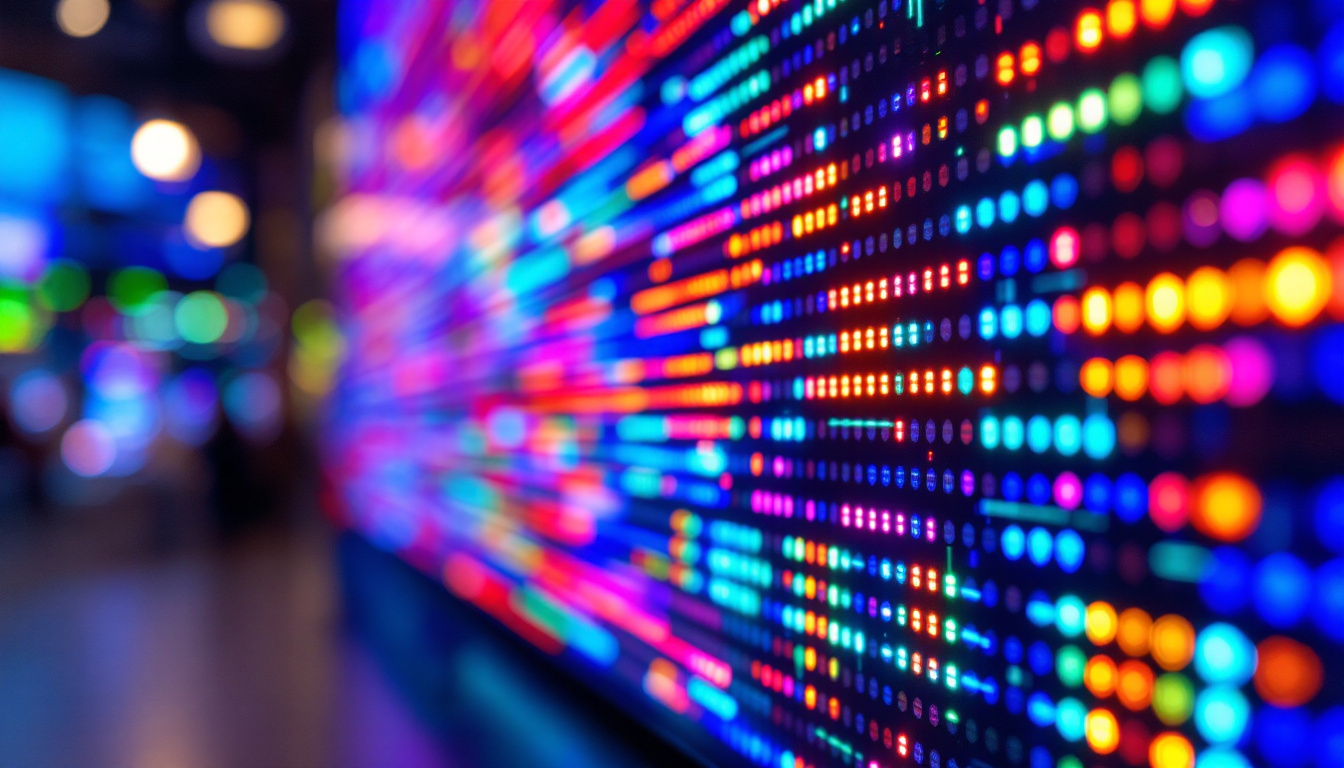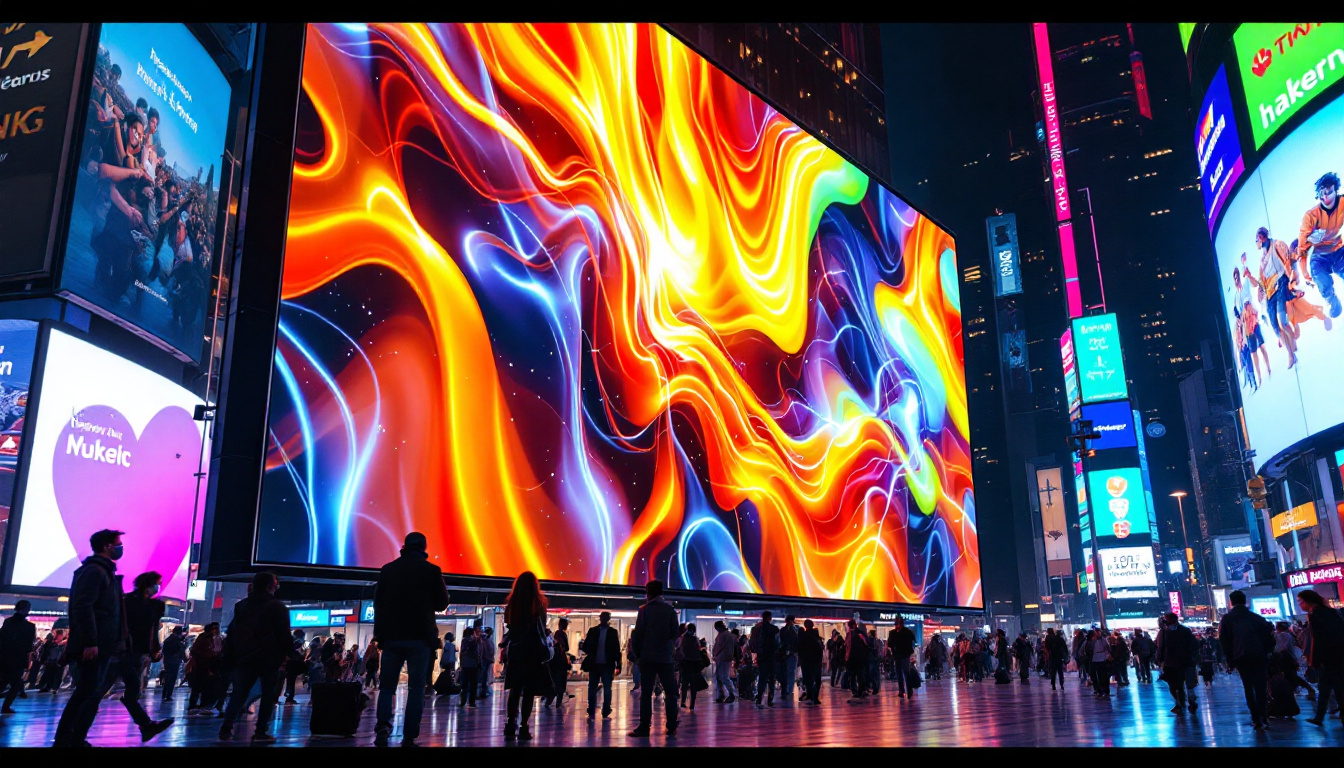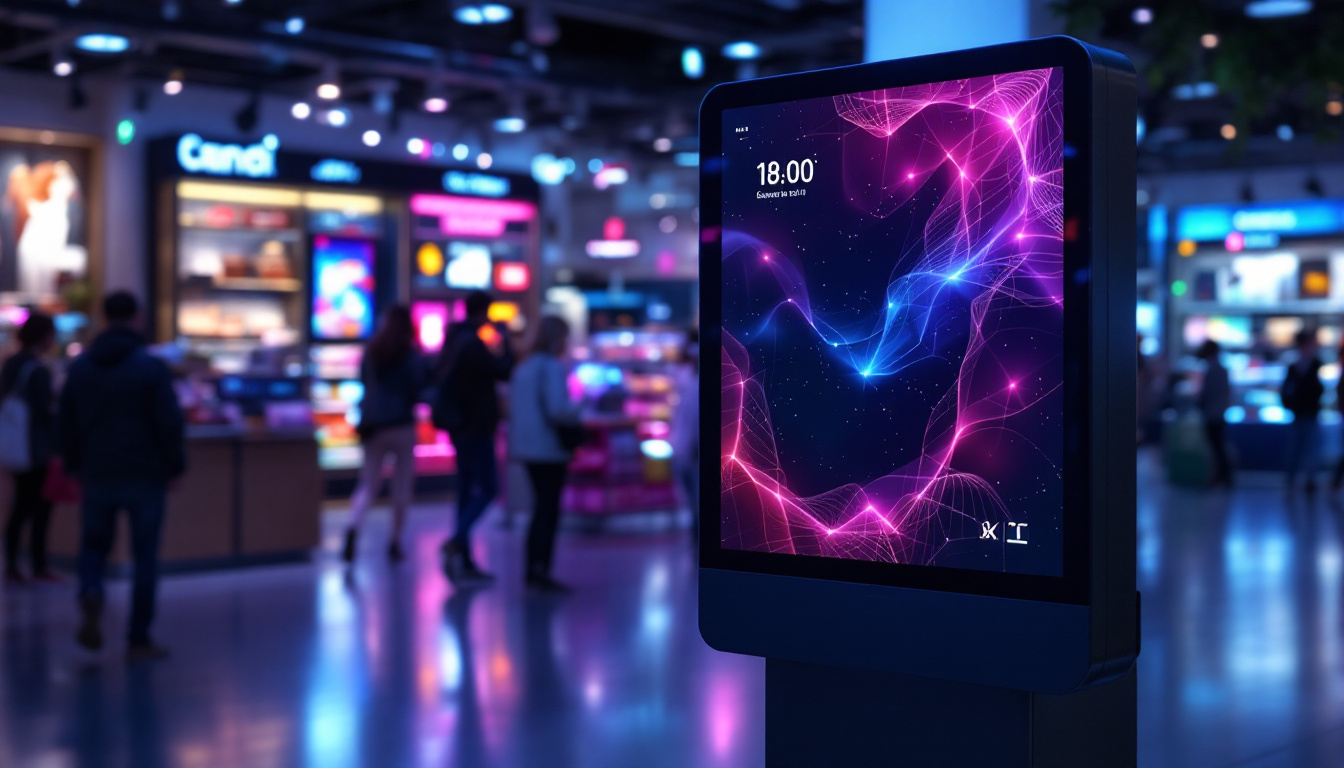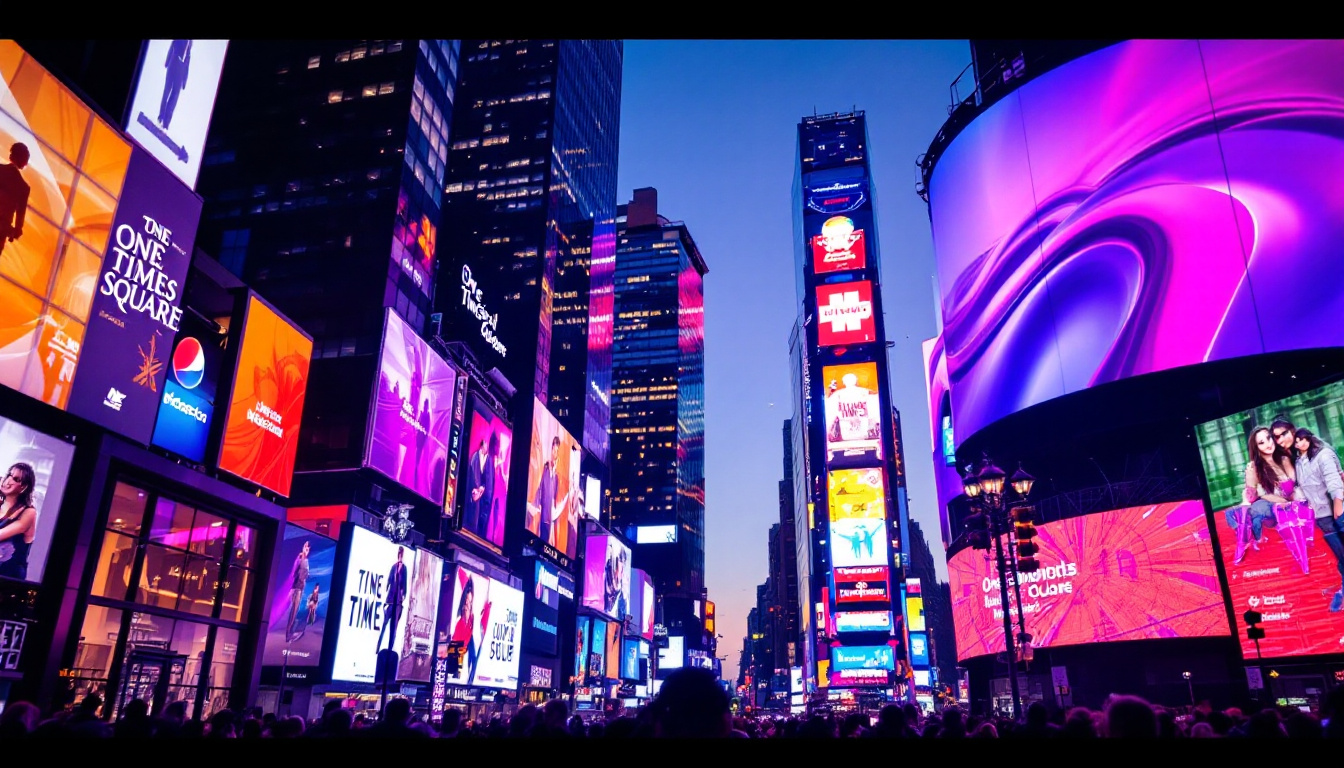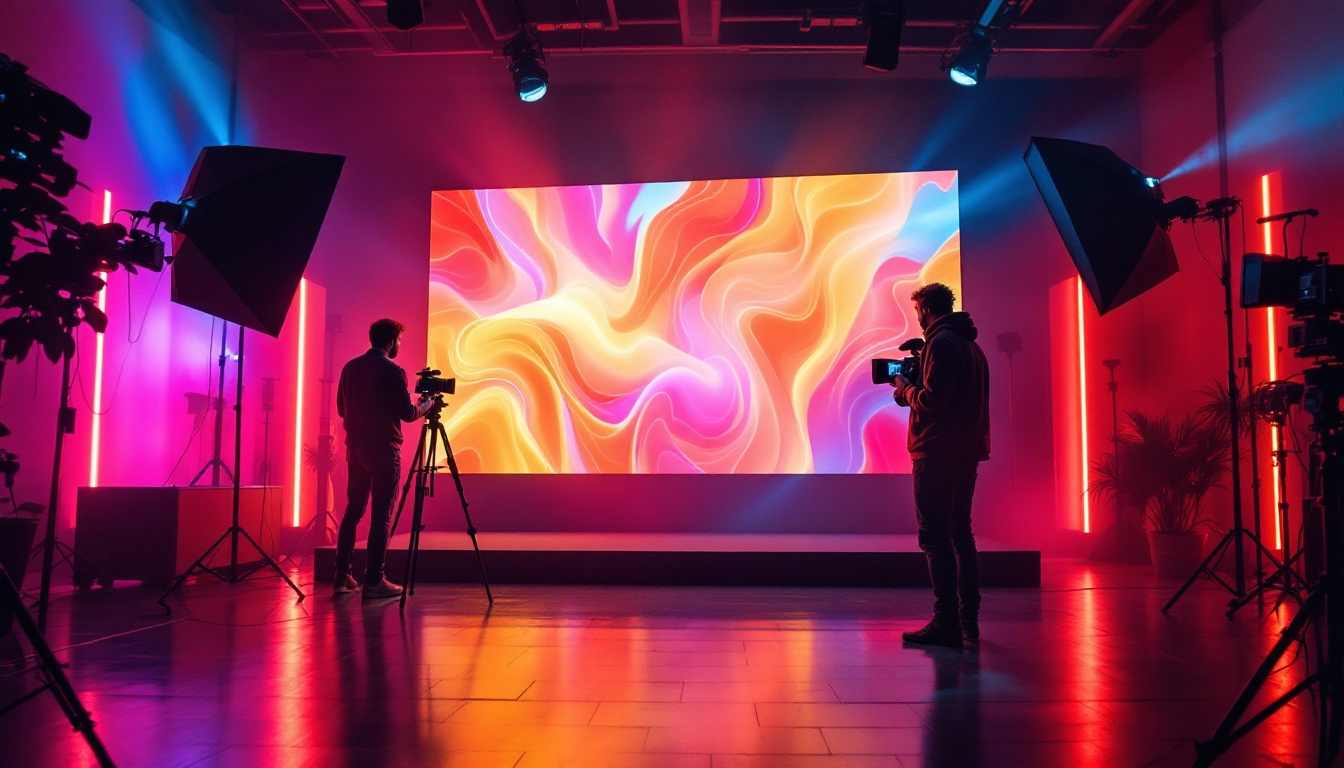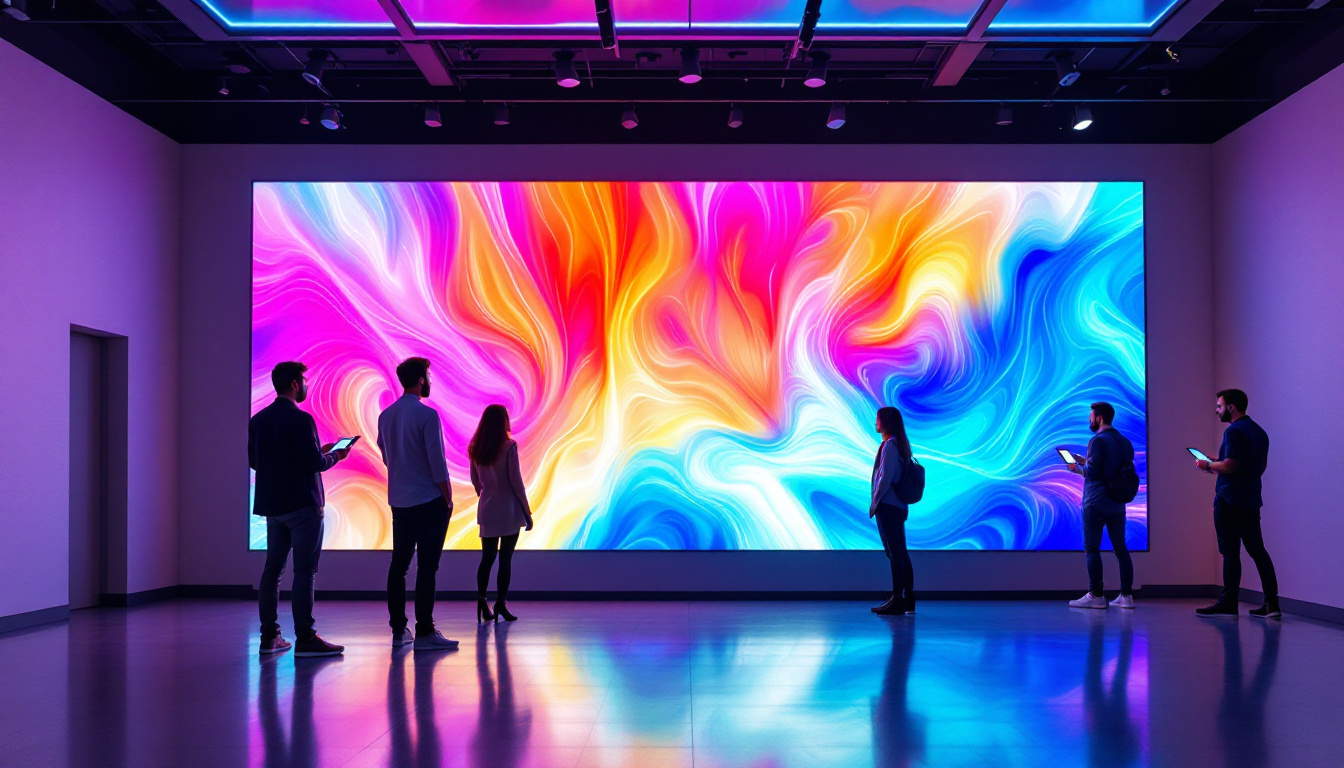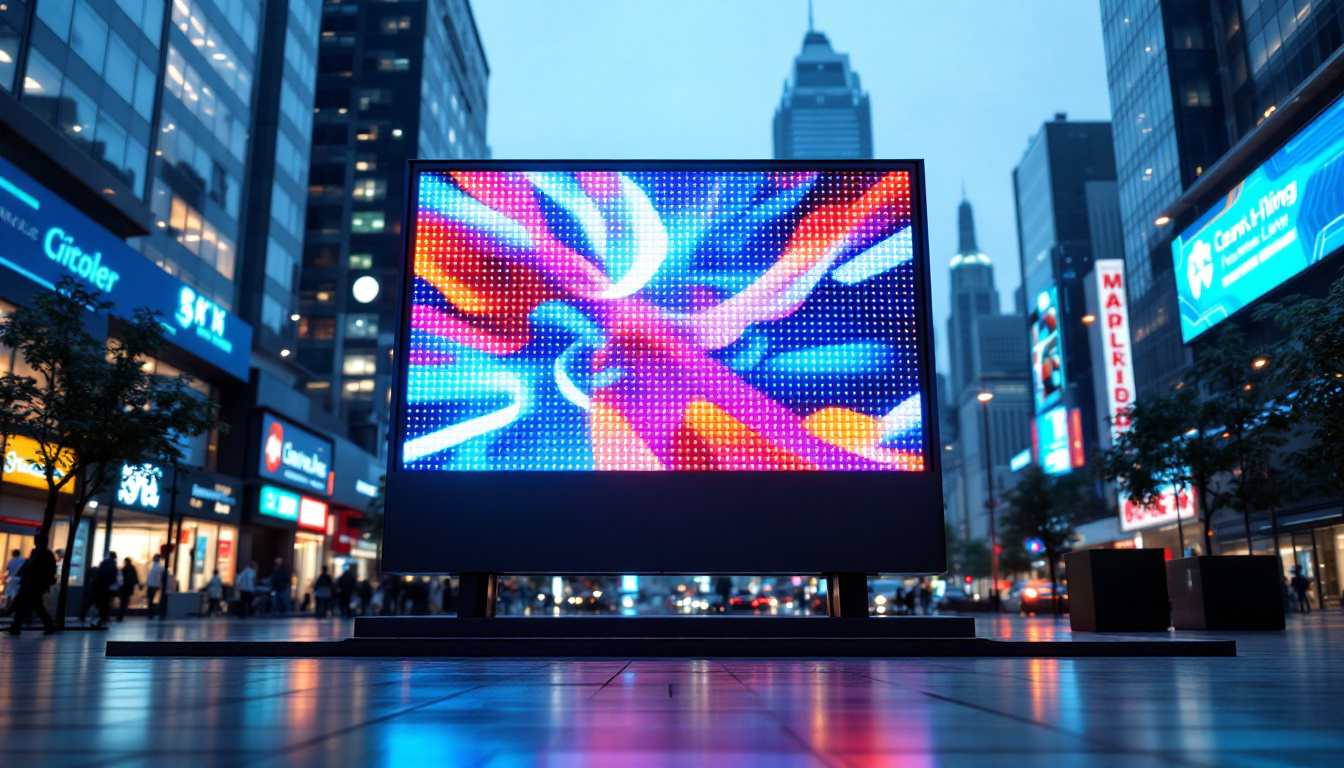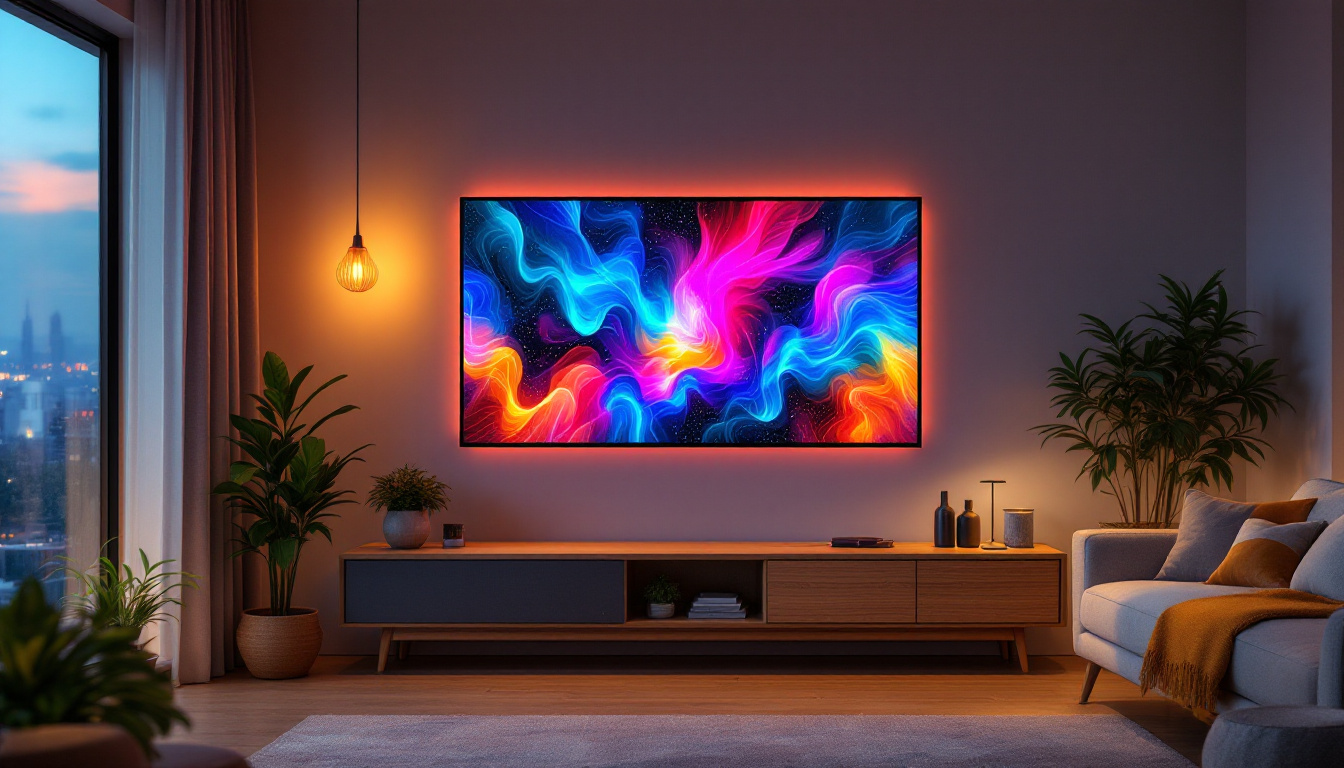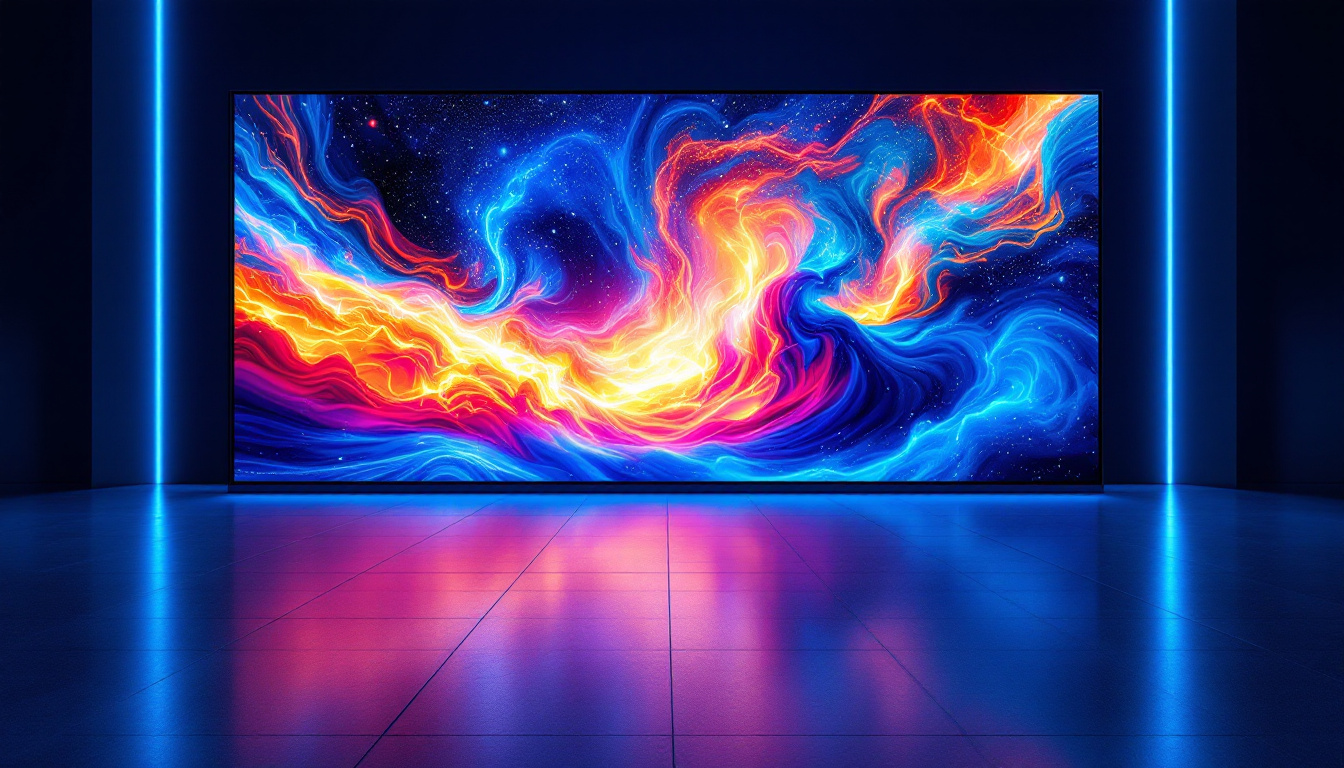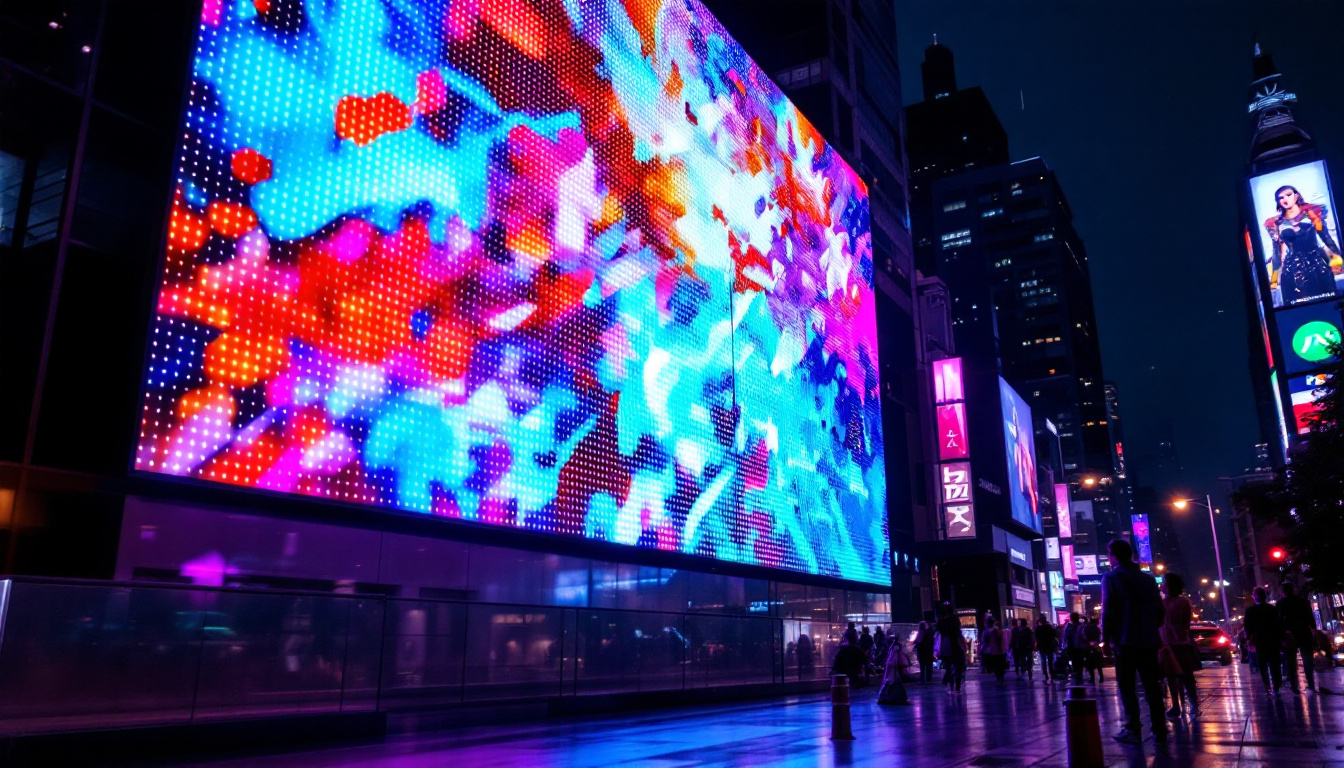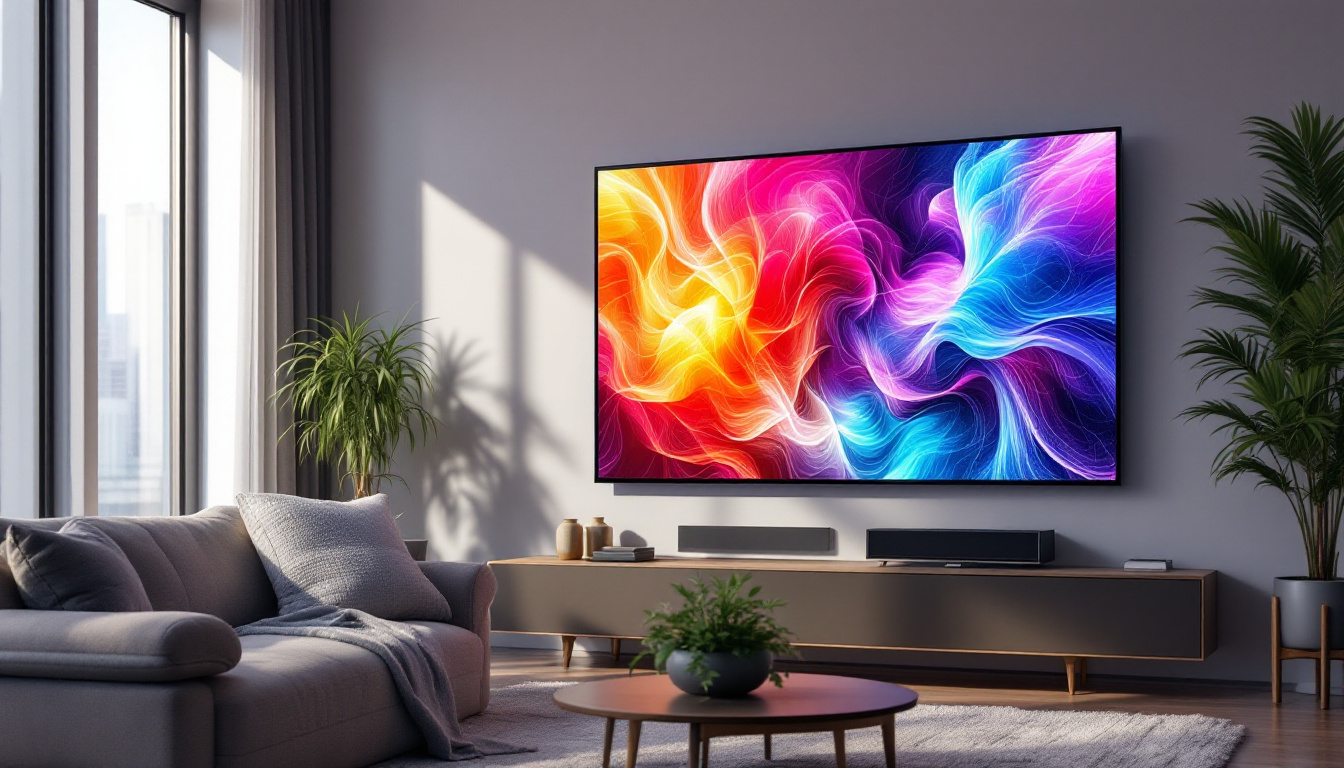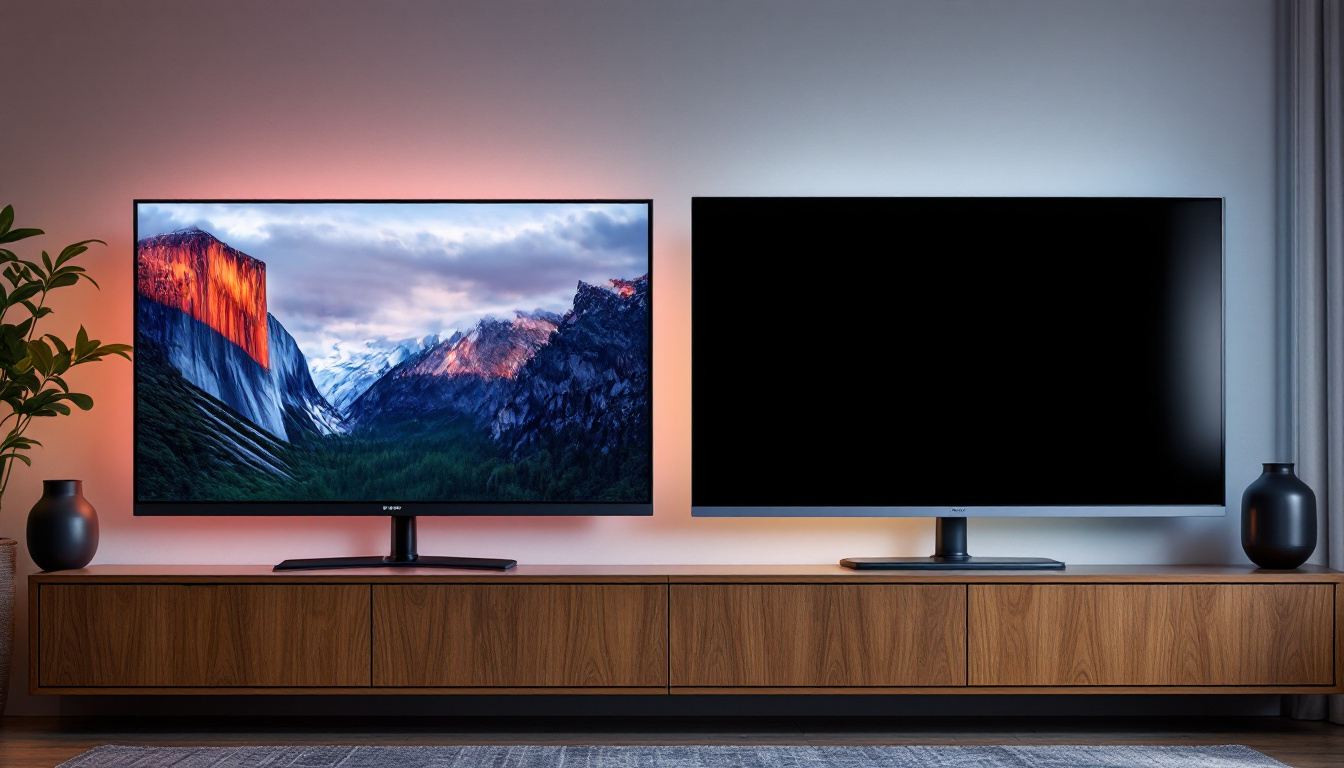Las Vegas, a city renowned for its vibrant nightlife and dazzling displays, has become synonymous with cutting-edge technology, particularly in the realm of visual displays. Among the various technologies that illuminate the Strip, LED displays stand out as one of the most significant advancements. This article delves into the intricacies of LED displays, their applications in Las Vegas, and how they compare to traditional plasma displays.
The Evolution of Display Technology
To understand the significance of LED displays in Las Vegas, it is essential to trace the evolution of display technology. From the early days of cathode ray tubes (CRTs) to the modern-day LED screens, the journey has been marked by innovation and a quest for better visual experiences.
The Rise of Plasma Displays
Plasma displays emerged in the late 1990s and quickly gained popularity due to their ability to produce vibrant colors and deep blacks. These displays utilized small cells filled with gas that, when electrified, emitted ultraviolet light, which in turn excited phosphors to produce visible light. This technology was particularly favored for large-screen televisions and commercial displays.
However, despite their impressive color accuracy and wide viewing angles, plasma displays had limitations, including susceptibility to burn-in and higher energy consumption. As technology advanced, the need for more efficient and versatile display solutions became apparent.
Introduction of LED Technology
LED (Light Emitting Diode) technology revolutionized the display industry. Unlike plasma displays, LEDs use semiconductor materials to emit light when an electric current passes through them. This fundamental difference allows for thinner, lighter screens with lower power consumption and greater durability.
LED displays can be configured in various ways, including direct view and backlit configurations, making them suitable for a wide range of applications, from televisions to massive outdoor billboards. Their flexibility and efficiency have made them the preferred choice for many commercial and entertainment venues, including those in Las Vegas.
In addition to their practical advantages, LED technology has also paved the way for dynamic visual experiences. The ability to create high-resolution displays with vibrant colors has transformed advertising and entertainment, allowing for stunning visual storytelling that captivates audiences. In Las Vegas, for instance, the iconic Strip is lined with LED screens that showcase everything from dazzling advertisements to live performances, creating an immersive environment that draws millions of visitors each year.
Moreover, advancements in LED technology have led to innovations such as organic LEDs (OLEDs) and microLEDs, which offer even greater color accuracy and contrast ratios. These developments are pushing the boundaries of what is possible in display technology, enabling the creation of ultra-thin screens that can bend and flex, further enhancing the aesthetic appeal of modern architecture and design. As we continue to explore the capabilities of LED technology, the potential for new applications and experiences seems limitless, promising an exciting future for visual displays across various industries.
LED Displays in Las Vegas
Las Vegas is a city that thrives on visual spectacle, and LED displays play a pivotal role in creating the vibrant atmosphere that defines the Strip. From the iconic “Welcome to Fabulous Las Vegas” sign to the dazzling screens of casinos and hotels, LED technology is omnipresent.
Iconic Installations
One of the most notable examples of LED displays in Las Vegas is the Fremont Street Experience. This pedestrian mall features a massive LED canopy that spans several blocks, showcasing stunning light shows and advertisements. The canopy, known as Viva Vision, is one of the largest video screens in the world, demonstrating the capabilities of LED technology to create immersive experiences.
Additionally, casinos like The Venetian and Caesars Palace utilize LED displays to enhance their branding and engage visitors. These displays not only serve as advertising platforms but also create a dynamic environment that captivates guests and encourages them to explore further.
Advertising and Marketing
In a city where competition for attention is fierce, LED displays have become a powerful tool for advertising and marketing. The ability to display high-resolution images and videos in vibrant colors allows businesses to convey their messages effectively. LED billboards can be updated in real-time, enabling advertisers to promote special offers, events, and attractions instantly.
Moreover, the strategic placement of LED displays in high-traffic areas ensures maximum visibility, making them an essential component of any marketing strategy in Las Vegas. The combination of eye-catching visuals and timely content helps businesses stand out in a crowded marketplace.
Understanding LED Display Technology
While LED displays are widely used, understanding the technology behind them can enhance appreciation for their capabilities. Various factors contribute to the performance and quality of LED displays, including pixel pitch, brightness, and color accuracy.
Pixel Pitch and Resolution
Pixel pitch refers to the distance between the centers of two adjacent pixels on an LED display. A smaller pixel pitch results in a higher resolution, allowing for clearer images and finer details. This is particularly important for displays viewed up close, such as those found in retail environments or indoor venues.
In contrast, displays with a larger pixel pitch may be suitable for outdoor advertising where viewers are typically at a greater distance. Understanding pixel pitch helps businesses choose the right display for their specific needs, ensuring optimal visual impact.
Brightness and Visibility
Brightness is another critical factor in LED displays, measured in nits. Higher brightness levels are essential for outdoor displays, where sunlight can wash out images. Las Vegas, with its bright desert sun, demands displays that can maintain visibility even in direct sunlight.
Modern LED displays can achieve brightness levels exceeding 10,000 nits, making them suitable for the harshest lighting conditions. This capability ensures that advertisements remain visible and engaging, regardless of the time of day.
Color Accuracy and Calibration
Color accuracy is vital for creating visually appealing displays. LED technology allows for a wide color gamut, meaning it can reproduce a broader range of colors compared to traditional display technologies. However, achieving accurate color reproduction requires careful calibration.
Many LED displays come equipped with built-in calibration tools that ensure consistent color performance across the screen. This is particularly important for businesses that rely on brand colors and imagery to convey their identity.
Comparing LED and Plasma Displays
While plasma displays were once the gold standard for large-screen viewing, LED technology has largely supplanted them in most applications. A comparison of the two reveals several key differences that highlight the advantages of LED displays.
Energy Efficiency
One of the most significant advantages of LED displays is their energy efficiency. LED technology consumes significantly less power than plasma displays, making them more environmentally friendly and cost-effective in the long run. This is especially relevant for businesses that operate large displays continuously, as energy savings can translate into substantial cost reductions.
Longevity and Durability
LED displays also boast a longer lifespan compared to plasma displays. While plasma screens typically last around 30,000 hours, LED displays can last upwards of 100,000 hours with proper maintenance. This longevity reduces the need for frequent replacements, further enhancing their cost-effectiveness.
Additionally, LED displays are more resistant to physical damage and burn-in, a common issue with plasma screens. This durability makes them ideal for the demanding environments found in Las Vegas, where displays are often exposed to the elements and heavy usage.
Versatility and Customization
LED displays offer greater versatility in terms of size, shape, and configuration. They can be seamlessly integrated into various structures, allowing for creative installations that enhance the visual appeal of a venue. This flexibility is particularly valuable in Las Vegas, where unique and eye-catching displays are essential for attracting visitors.
Moreover, LED technology can be used for both indoor and outdoor applications, making it suitable for a wide range of environments. Whether it’s a massive outdoor billboard or a sleek indoor screen, LED displays can be tailored to meet specific needs.
The Future of LED Displays in Las Vegas
The future of LED displays in Las Vegas looks promising, with ongoing advancements in technology and design. As the city continues to evolve as a global entertainment hub, the demand for innovative and engaging visual experiences will only increase.
Emerging Technologies
Emerging technologies, such as microLED and OLED, are set to further enhance the capabilities of LED displays. MicroLED technology, in particular, offers the potential for even higher resolutions and better color accuracy, paving the way for more immersive experiences.
As these technologies become more accessible, Las Vegas will likely see an influx of cutting-edge displays that push the boundaries of what is possible in visual entertainment. The integration of augmented reality (AR) and virtual reality (VR) with LED displays could also create new opportunities for interactive experiences, captivating audiences in unprecedented ways.
Environmental Considerations
As sustainability becomes a priority for many businesses, the environmental impact of display technology is gaining attention. LED displays are already more energy-efficient than their predecessors, but further advancements in recycling and waste management will be crucial for the industry’s future.
Las Vegas, as a city that thrives on tourism, has a vested interest in promoting sustainable practices. The adoption of eco-friendly LED displays can enhance the city’s image while contributing to global efforts to reduce environmental impact.
Conclusion
In conclusion, LED displays have transformed the visual landscape of Las Vegas, offering vibrant, energy-efficient, and versatile solutions for advertising and entertainment. As technology continues to evolve, the potential for even more innovative displays is on the horizon. Understanding the intricacies of LED technology not only enhances appreciation for these displays but also informs better decision-making for businesses looking to leverage their capabilities.
Las Vegas will undoubtedly remain at the forefront of display technology, showcasing the best that LED displays have to offer. Whether it’s through iconic installations or cutting-edge advertising, the city will continue to dazzle and inspire with its bright lights and captivating visuals.
Illuminate Your Space with LumenMatrix
Ready to elevate your visual impact in the heart of Las Vegas or beyond? Discover how LumenMatrix’s advanced LED display technology can transform your space into a captivating visual experience. From the bustling streets to the most exclusive indoor settings, our comprehensive range of LED solutions, including Indoor and Outdoor LED Wall Displays, Vehicle LED Displays, and more, are designed to bring your vision to life. Don’t just blend in—stand out with clarity and brilliance. Check out LumenMatrix LED Display Solutions today and see your message shine like never before.





